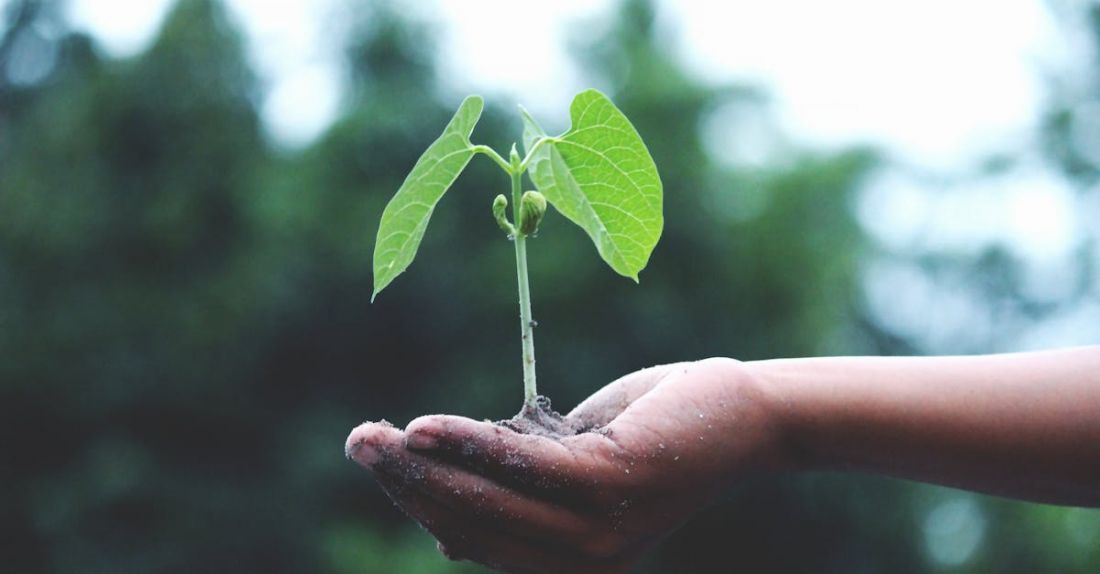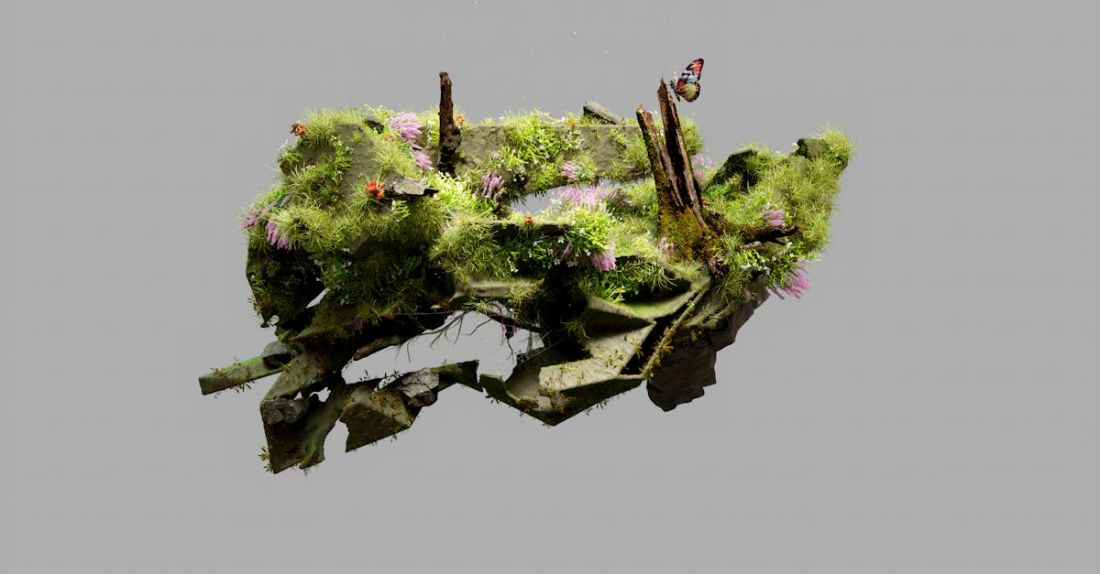
Urban heat islands have become a growing concern in many cities around the world due to the increasing urbanization and climate change effects. These areas experience significantly higher temperatures compared to their rural surroundings, primarily due to human activities and the built environment. However, green spaces have emerged as a powerful tool in combating the adverse effects of urban heat islands by providing numerous environmental, social, and economic benefits. Let’s delve into how green spaces play a crucial role in mitigating urban heat islands and creating healthier and more sustainable urban environments.
### The Cooling Effect of Vegetation
One of the primary ways green spaces help combat urban heat islands is by providing a natural cooling effect. Trees, grass, and other vegetation absorb and reflect solar radiation, reducing surface temperatures in urban areas. Through a process known as evapotranspiration, plants release water vapor, which cools the surrounding air. This cooling effect can significantly lower temperatures in parks, gardens, and other green spaces, creating microclimates that help counterbalance the heat produced by urban infrastructure and human activities.
### Reduction of Heat Absorption and Retention
In addition to cooling the air, green spaces also help reduce the absorption and retention of heat in urban areas. Vegetation absorbs sunlight and converts it into energy through photosynthesis, a process that prevents surfaces from heating up excessively. By shading buildings, roads, and other structures, trees and plants minimize heat absorption, thus lowering surface temperatures and decreasing the overall heat island effect. Furthermore, the evapotranspiration process helps regulate temperatures by releasing moisture into the air, reducing the heat retained by urban surfaces.
### Improved Air Quality and Human Health
Green spaces not only combat urban heat islands by cooling the environment but also contribute to improved air quality and human health. Trees and plants absorb pollutants such as carbon dioxide, ozone, and particulate matter, reducing air pollution levels in urban areas. Cleaner air quality leads to lower instances of respiratory illnesses and other health complications associated with poor air quality. By creating a healthier urban environment, green spaces help enhance the overall well-being of city residents and mitigate the negative health impacts of urban heat islands.
### Biodiversity and Ecosystem Services
Another crucial aspect of green spaces in combating urban heat islands is their role in supporting biodiversity and providing ecosystem services. Urban green areas serve as habitats for various plant and animal species, promoting biodiversity within cities. By preserving and creating green spaces, cities can maintain ecological balance, support pollinators, and enhance overall ecosystem resilience. Furthermore, green spaces offer valuable ecosystem services such as water filtration, soil stabilization, and carbon sequestration, contributing to the sustainability and resilience of urban environments in the face of climate change challenges.
### Social and Economic Benefits
Apart from their environmental advantages, green spaces also deliver significant social and economic benefits that help combat urban heat islands. Parks, gardens, and urban forests provide recreational opportunities, promote community engagement, and enhance the aesthetic appeal of cities. Access to green spaces has been linked to improved mental health, reduced stress levels, and increased social cohesion among urban residents. Additionally, well-designed green infrastructure can increase property values, attract tourism, and stimulate economic growth in urban areas, highlighting the multifaceted benefits of integrating green spaces into city planning and development.
### A Greener Future for Urban Environments
In conclusion, green spaces play a vital role in combating urban heat islands by providing natural cooling, reducing heat absorption, improving air quality, supporting biodiversity, and delivering social and economic benefits. As cities continue to grapple with the challenges of climate change and urbanization, incorporating green infrastructure into urban planning becomes increasingly important. By prioritizing the creation and preservation of green spaces, cities can mitigate the adverse effects of urban heat islands, create healthier and more sustainable urban environments, and pave the way for a greener future for generations to come.





